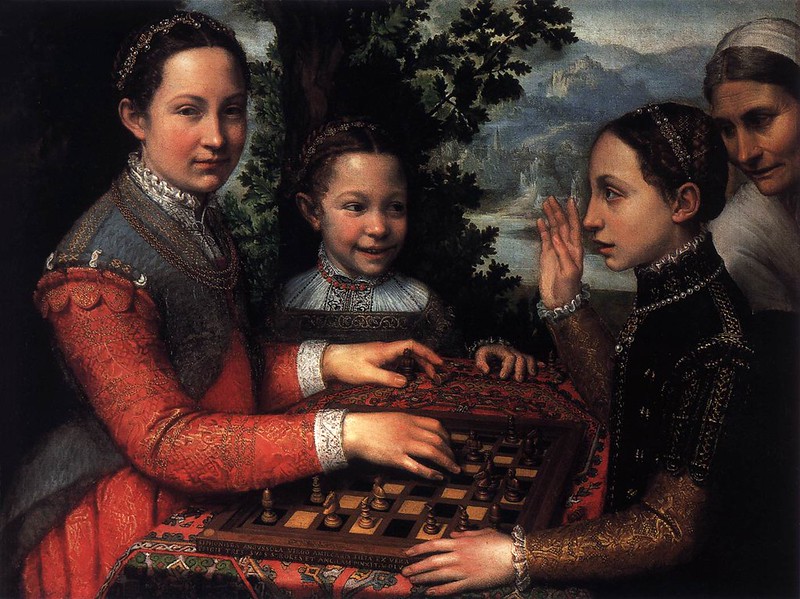Dr. Cheinko Asakawa – Independence Through Technology
Necessity as the mother of invention may be a cliché, but it is one that Dr. Cheinko Asakawa has put to good use to help millions of blind people around the world. When Dr. Asakawa was left blind at age 14, after an accident in a swimming pool, she did more than just adapt to her circumstance, she rose above it to create innovative tools for the blind that allow them to more fully navigate the world of technology and the world around them.
“I couldn’t read any information by myself. I couldn’t go anywhere by myself.”
Tackling the first part of the problem over 20 years ago, Dr. Asakawa is behind the early developments of digital Braille software and is the creator of the first web-to-speech browser. The development of this type of technology has give blind people the opportunity to fully engage with technology and the Internet. Her contribution to the field of assistive technology led Dr. Asakawa to a position at IBM where she continued her work in trying to solve the second part of the problem: Mapping the real-world, so that blind people would have more freedom and be less reliant on canes and other assistance.
NavCog – AI for the Blind
Dr. Asakawa is currently working on a NavCog, a voice-controlled app that will help blind people easily navigate indoor locations. In the pilot phase, NavCog has been released in a controlled environment, at several sites in the United States and in Tokyo. Each location is fitted with low-energy Bluetooth beacons that are installed every 33 feet, to create an indoor map, “fingerprint” of the location. User position is then able to be detected by comparing the user fingerprint to the server model and is able to give voice commands to a user on where to go in the location.
Currently an IBM Fellow, Dr. Asakawa is working on developing an AI suitcase that could be used to similar effect in airports, helping blind people navigate unfamiliar surroundings and giving them real-time voice updates about the location.




